“When I tried to listen to music with wired earphones, the jack was missing…”
In fact, the headphone jack has been discontinued since the release of the 9th generation iPhone SE in 2016.
However, it is still possible to use your current earphones with iPhones that do not have a headphone jack.
This article will explain three methods for listening to music using earphones and the reasons behind the disappearance of the headphone jack.
What is a headphone jack?

A headphone jack refers to a port used to connect audio devices and headphones with a wired connection.
It is commonly found on devices such as radios, CD players, and more recently, smartphones and AV equipment, facilitating a wide range of uses.
The diameter of the headphone jack (the size of the hole) is often 3.5mm, making it the most common standard seen in everyday devices.
Models prior to the iPhone 6 also featured compatibility with this 3.5mm headphone jack.
How to listen to music on an iPhone without a headphone jack?

To use headphones with an iPhone without a headphone jack, there are three methods.
- Using headphones with a Lightning connector
- Using a Lightning connector adapter
- Using Bluetooth-compatible headphones
I will explain these in detail afterward, as there may be unfamiliar terms.
Using headphones with a Lightning connector
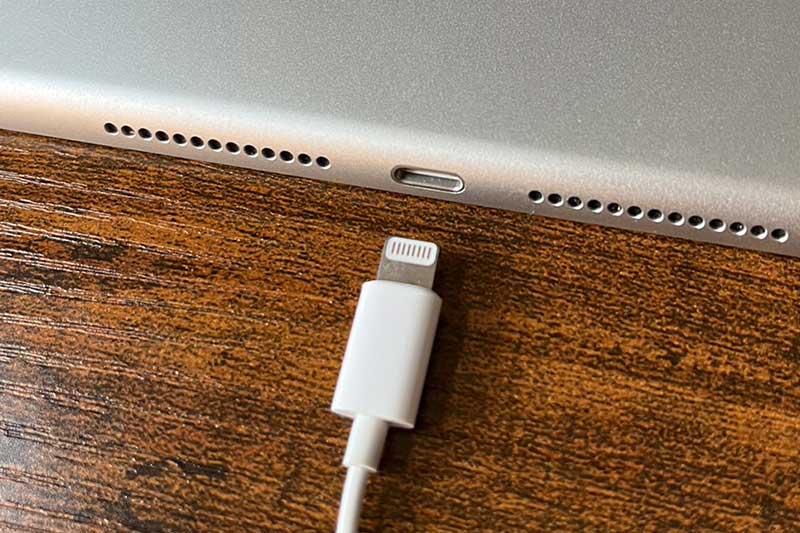
The Lightning connector is a standard used for the hole used to charge the iPhone.
In newer iPhones, the Lightning connector also serves as the headphone jack.
There are official wired headphones compatible with the Lightning connector available from Apple, but there is also a wide range of third-party options.

To listen to music with headphones while charging, wireless charging is required
ATH-CKD3Li RD Lightning
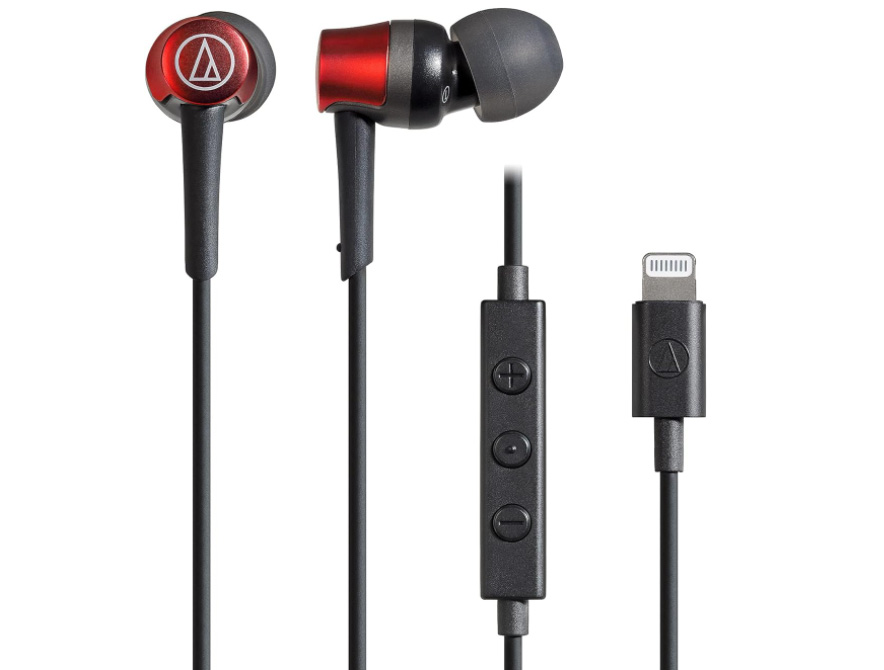
EHP-LF12CMXBK Lightning
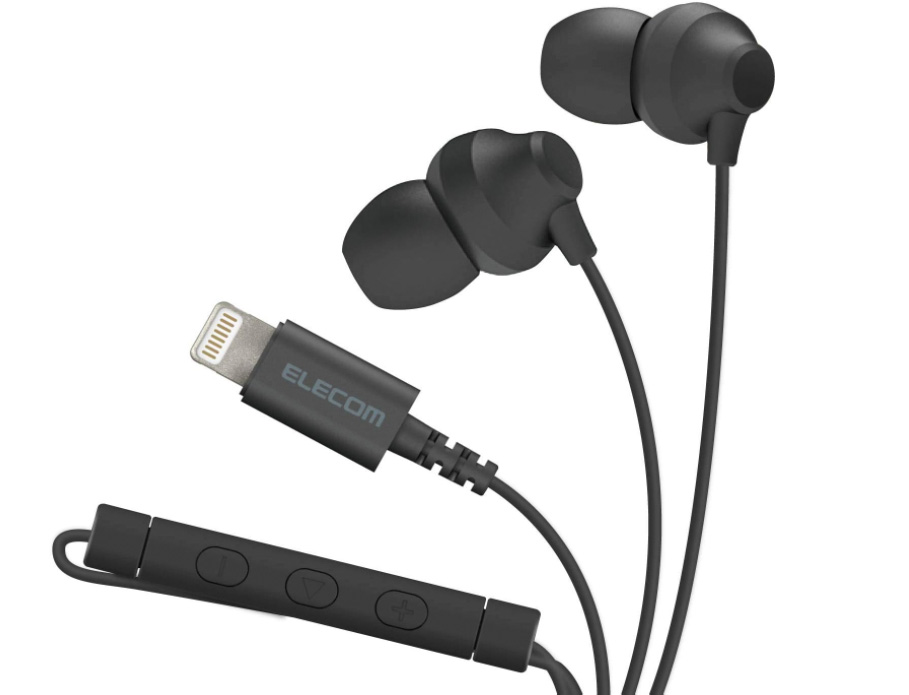
Using a Lightning connector adapter
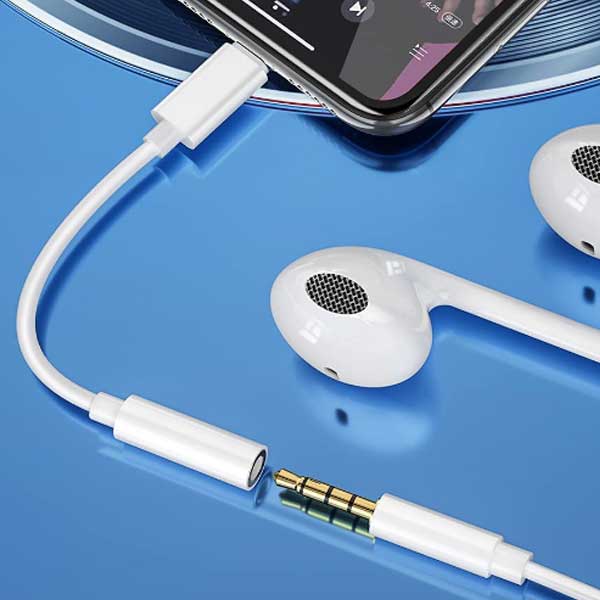
By using an adapter that converts the Lightning connector to the traditional 3.5mm headphone jack, your existing wired headphones can still be used as before.
In addition to official products, there are also many third-party options for wired headphones, allowing you to choose according to your musical preferences.
If you want to maintain sound quality while keeping costs down, this method is highly recommended.

There are also convenient adapters available that allow you to use headphones while charging
ELECOM MPA-L35S01BK

ELECOM AD-C35SDBK

Using Bluetooth-compatible headphones

True wireless earbuds are headphones that use Bluetooth to wirelessly play music.
Since there are no cords like wired headphones, there is no risk of tangling or snagging.
While there are official AirPods available, they are expensive, so I personally recommend third-party options.
The reason for the removal of the headphone jack

Apple official states that the reason for the headphone jack specification is that “Lightning is superior as an audio standard.”
iPhones operate on digital signals, so it seems they aimed for efficiency by unifying digital output with Lightning connectors instead of having a mix of headphone jacks (analog output) and Lightning connectors (digital output).
Another reason cited is to free up space for enhancing iPhone functionality.
Given the iPhone’s ability to perform many tasks within a compact body, even a small amount of space can lead to significant changes in features and specifications.
The benefits of unifying with Lightning
By standardizing on the Lightning connector, Apple was able to reduce the number of components and save space, enabling the creation of products with higher specifications.
The removal of the headphone jack resulted in the enhancement of features for the iPhone 7, such as:
Water resistance
Eliminating the headphone jack not only reduces the number of openings for iPhone’s internal components but also reduces parts related to the headphone jack.
The water resistance of iPhone 7 is rated at IP67, which means it can withstand immersion in water up to 1 meter deep for about 30 minutes.
Button specifications
The Home button has been changed from a physical button to a “touch sensor.”
This change prevents the button from being depressed like a physical button, thus improving the device’s waterproofing.
Battery capacity
The removal of the headphone jack has allowed for the incorporation of larger battery capacity.
Improved camera performance.
The camera functionality has been revamped, featuring two lenses: wide-angle and telephoto.
To incorporate a high-performance camera, both space and high-quality chips are required.
Portrait mode has also evolved, with added capability to detect depth in photos and blur backgrounds around the subject.
Summary
Every day, the iPhone is steadily evolving.
While using the latest models might sometimes be confusing, they are developed to become more convenient and user-friendly.
Let’s all make the most of our earphones and enjoy a comfortable iPhone life together.
- Using Lightning Connector Exclusive Earphones
- Using a Lightning Connector Adapter
- Using Bluetooth-Compatible Earphones

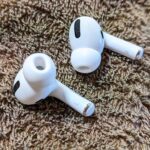
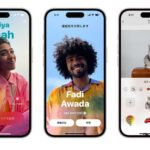
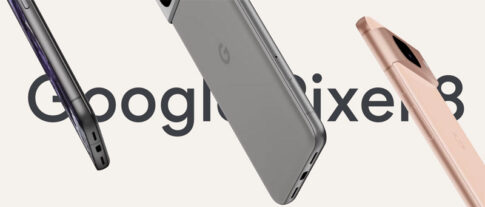
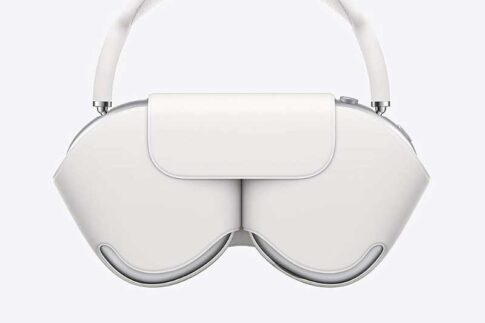
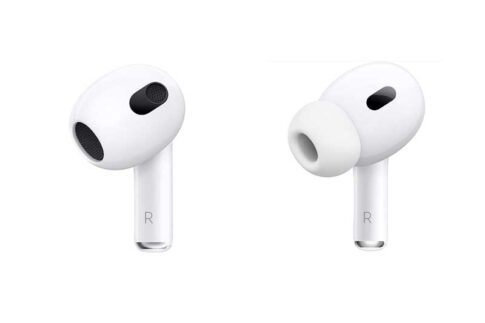
The author, who works at an electronics retail store in Japan, shares their passion for audio equipment.
Please forgive any awkward parts in the English translation.